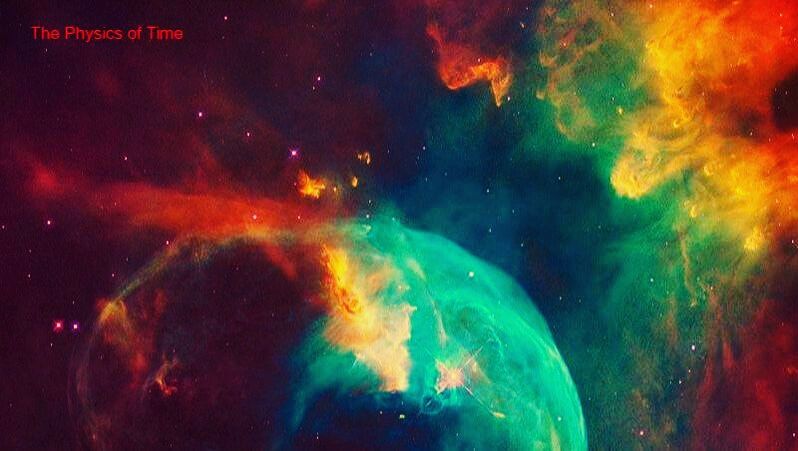Amazing science, technology and medicine photography, how to explain a bad year to grad schools and a call to make research misconduct reports public.



Top-80 longevity influencers in california by aging analytics agency.
Anne Corwin Atul Butte, M.D., Ph.D. Aubrey de Grey William Faloon Bill Andrews Cynthia Kenyon David A. Kekich David Botstein Eric Topol Eric Verdin Gordon J Lithgow Gregory Fahy Jim Strole
Link to Report: https://www.aginganalytics.com/longevity-in-california

In our day and age when the science and philosophy of information start to eclipse traditional disciplines on all fronts, the importance of asking the right kinds of questions in light of a new rhetoric cannot be overestimated. Hereafter you can find three videos with their transcripts related to D-Theory of Time, or Digital Presentism, that I cover extensively in my new book The Syntellect Hypothesis: Five Paradigms of the Mind’s Evolution, as well as in my just-released ebook The Physics of Time: D-Theory of Time & Temporal Mechanics.
Will We Transcend The Temporal Dimension?: If you’re like me who loves thought-provoking sci-fi literature and movies, Interstellar and Arrival are both about transcending temporality, one through physics and the other through language. Arguably, these two outlooks on TIME reflect our current understanding as the most plausible ways to overcome the grips of impermanence.
If we look back at evolutionary emergence on our planet, the simplest organisms like primordial mitochondria, the front-runners at the onset of biological life, were able to perceive and move towards nutrients and away from environmental threats in an essentially one-dimensional existence.




It has long been known that humans are very intelligent, often thought of as the most intelligent. However, could there be something far more intelligent that blows us humans out of the water? Quite a lot of people think the answer to that question is yes. What is it though?
A study from last year (2018) suggests that Dolphins are highly intelligent creatures, so much so that they may surpass human intelligence in some respects. One of those ways being self-awareness. The study used was a mirror-self recognition (MSR) test which basically consists of presenting a mirror to the test subject and seeing how long it takes them or it to recognize themselves.
When presented with a mirror, human infants aren’t usually able to recognize themselves until they are around 12 months old. Bottlenose dolphins, on the other hand, are able to recognize themselves at just seven months old. The experiment was done on both male and female dolphins to get a range of results.
